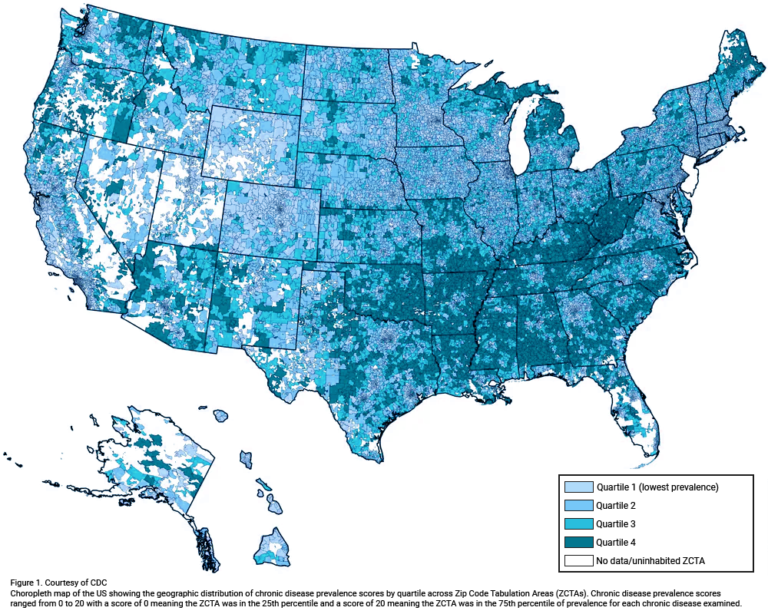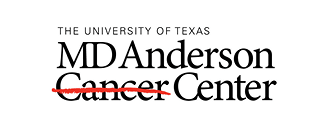Introduction
The increased prevalence of chronic disease in the US is fueling a specialty pharmacy market value of over $68.3 billion. As of 2021, specialty drugs represented half of all US drug spending.
Chronic conditions are especially concentrated in rural and low-income regions. However, many rural healthcare facilities are being forced to shutter due to financial, labor, and pandemic strains. In these areas, there’s an urgent need for specialty pharmacies to fill the gap for individuals living with chronic disease.
In this week’s article, we delve into the rise of chronic disease in the US, and the growth of specialty pharmacy in tandem with it. Next, we explore the opportunity for specialty pharmacies to support communities with the highest prevalence of chronic disease.
Chronic disease in the US
Roughly 60 percent of Americans live with at least one chronic condition, including diabetes, heart disease, cancer, obesity, and other diseases. 42 percent of Americans have two or more chronic conditions.
The cost burden of chronic disease is likewise extensive. Managing chronic conditions accounts for as much as 90 percent of the $4.1 trillion annual healthcare spend in the US. Specialty medications, which are designed to treat highly complex or chronic diseases, cost an average of $84,000 annually.
Areas with the highest prevalence of chronic disease in the US are rural and/or low-income regions, particularly across the South. There is a well-documented association between chronic conditions and socioeconomic factors, also known as social determinants of health (SDOH).
In other words, a person’s health outcomes are greatly influenced by where they live, their income, their level of education, their access (or lack thereof) to healthcare, and their social and community context. When it comes to chronic disease, individuals across the southern US and/or rural locations are much more likely to be affected.

Chronic conditions require persistent treatment and, oftentimes, specialty pharmacies are the best fit to manage these complex diseases. However, there remains a significant opportunity for specialty pharmacies to serve rural and low-income communities. We discuss this point in more detail in the next section.
The need for community specialty pharmacies
Specialty pharmacies provide several essential services for managing chronic conditions, including patient education, support with treatment adherence, and care coordination.
Given the high prevalence of chronic diseases in rural and low-income regions, specialty pharmacies have a unique opportunity to bridge the healthcare gap in these areas. However, there are several key challenges that must be addressed along the way.
- First is medication access. One of the primary challenges facing specialty pharmacies is ensuring access to medications in underserved areas. Rural regions often have limited healthcare infrastructure, making it difficult to get patients the medications they need. This problem is only worsened as more hospitals are forced to shut down across rural communities. Additionally, the high cost of specialty medications can be a barrier for many patients, particularly those in low-income areas.
- Another challenge is the complexity of the healthcare system itself. Navigating insurance coverage, prior authorizations, and reimbursement processes can be time-consuming and difficult for both patients and specialty pharmacies. This complexity can lead to delays in treatment and increased costs, further exacerbating the burden of chronic disease.

Despite these challenges, specialty pharmacy must rise to the occasion as the prevalence of chronic disease rises as well. Technological advances–including telepharmacy, artificial intelligence, and medication delivery services–can help improve access to specialty pharmacy services in rural and low-income areas.
Additionally, policies that reduce healthcare disparities can further support the expansion of specialty pharmacies into high-demand regions. For example, higher reimbursement rates for specialty medications and incentives for specialty pharmacies to operate in rural areas can improve care access.
New players in community specialty pharmacy
In the meantime, retailers like Walmart are entering the specialty market to help improve specialty medication access. Although Walmart shuttered its healthcare and telehealth services, its specialty pharmacy service promises to improve access to medications for patients with autoimmune conditions.
In July of this year, Walmart announced its plans to open 25 community specialty pharmacy locations in addition to its existing six. The retailer plans to open several locations in states with a higher prevalence of chronic disease, including Texas, Louisiana, and Alabama.
Conclusion
The prevalence of chronic disease in the US and the specialty pharmacy market are rapidly accelerating in lock-step. It’s estimated that, by 2033, the specialty pharmacy market will be valued at over $1500 billion. Likewise, the prevalence of chronic disease is rising steadily as well.
Specialty pharmacies play a vital role in addressing the needs of patients with chronic conditions, particularly in rural and low-income regions. By overcoming key challenges, specialty pharmacies can expand their reach and improve health outcomes for millions of Americans.
About VPL Rx
VPL Rx is a clinically minded shipping, tracking, and compliance solution designed to modernize pharmacy distribution and promote healthier patients. Our quicker shipping workflow delivers prescriptions safely with real-time tracking, delivery alerts, and last-mile intervention. Exportable performance reporting and data analytics help pharmacies optimize costs and maintain compliance and accreditation.


































